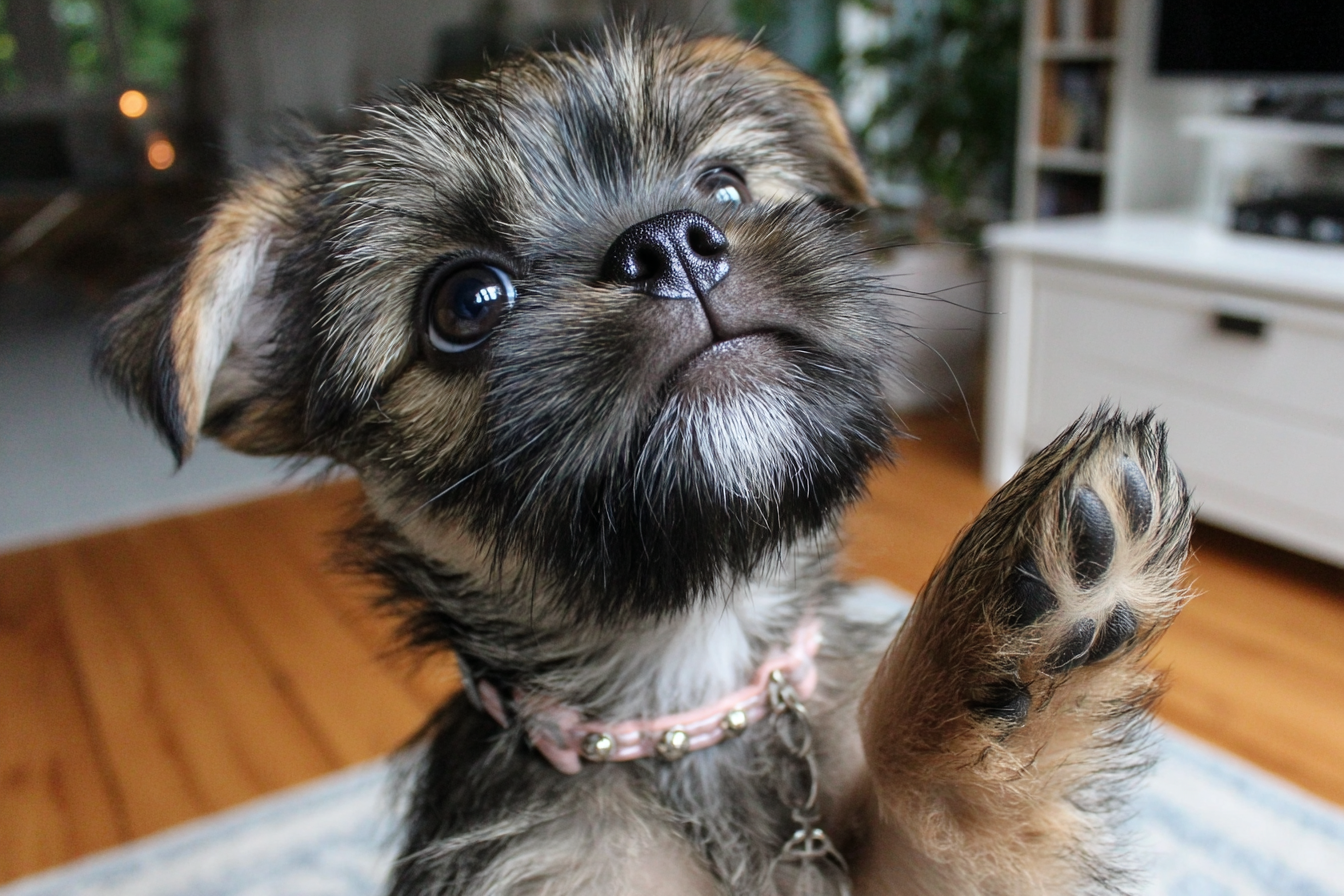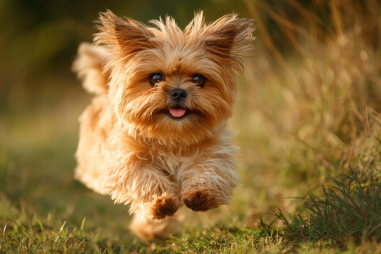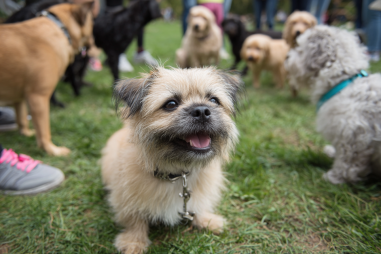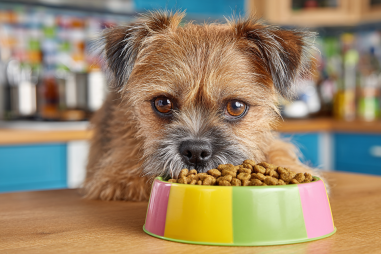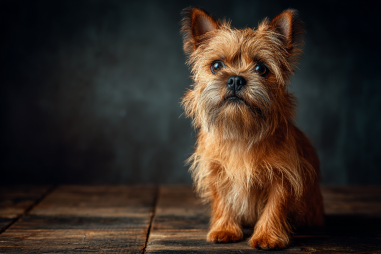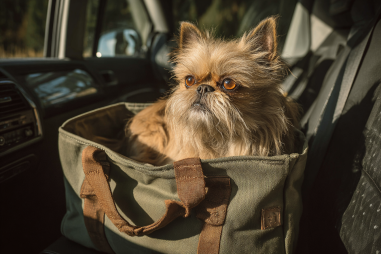Training a Brussels Griffon puppy can be a rewarding and enjoyable journey for new dog owners. These small, charming dogs are known for their expressive faces and spirited personalities. However, like all puppies, early training is essential to foster good behavior and a strong bond between you and your furry friend. This guide will walk you through everything you need to know about training your Brussels Griffon, from understanding their unique behavior to managing common challenges such as stubbornness and separation anxiety.
Understanding Brussels Griffon Puppy Behavior
Before diving into training techniques, it’s crucial to understand your Brussels Griffon puppy’s natural tendencies and behaviors. These dogs are intelligent, alert, and quite affectionate, but they can also be a bit stubborn and independent. This breed thrives on attention and often forms strong attachments to their owners. They are alert watchdogs despite their small size, and can sometimes be vocal, especially if not properly socialized.
Because of their canine intelligence and sensitivity, Brussels Griffons respond best to gentle, consistent training. They can sense frustration or harshness, which may cause them to shut down or become more stubborn. Patience and positive reinforcement are key factors to help them learn effectively. Knowing that they crave human interaction, incorporating plenty of playtime and affection into training sessions will keep them motivated and eager to learn.
Basic Training Commands and Techniques
Starting with basic commands lays a solid foundation for your Brussels Griffon puppy’s overall behavior. Commands like “sit,” “stay,” “come,” and “down” are essential for everyday obedience and safety. Using short training sessions, ideally 5 to 10 minutes at a time, is best since puppies have limited attention spans.
Positive reinforcement techniques work exceptionally well with Brussels Griffons. Rewarding your puppy with treats, praise, or playtime after executing a command encourages them to repeat the desired behavior. Consistency is key–always use the same command words and hand signals.
A few tips to keep in mind:
- Use a cheerful, upbeat tone to keep your puppy engaged.
- Be patient, especially with concepts like “stay” which require impulse control.
- Gradually increase distractions once commands are learned at home to help with generalization.
- Avoid punishment as it can damage trust and lead to fear or aggression.
Training games and clicker training can also be effective methods to teach commands and tricks while making sessions fun for your Brussels Griffon puppy.
Crate and House Training Tips
Crate training is an excellent method for housebreaking and providing your Brussels Griffon puppy with a safe, cozy space of their own. The crate should be introduced gradually and positively, never used as a form of punishment. Start by placing comfy bedding inside the crate and offering treats to encourage your puppy to enter willingly.
When done correctly, crate training can prevent destructive behaviors and accidents when you are not able to supervise your puppy. Key steps include:
- Ensure the crate is appropriately sized, allowing your puppy to stand, turn around, and lie down comfortably.
- Keep initial periods in the crate short and gradually increase the duration as your puppy becomes comfortable.
- Use the crate for naps and nighttime sleeping to help establish routine and security.
House training is all about consistency and routine. Take your puppy outside frequently, especially after meals, naps, and play sessions. Praise and reward them immediately after they eliminate outdoors. Monitor your puppy closely inside the house to catch signs they need to go out, such as sniffing or circling.
Accidents are inevitable but should be handled calmly. Clean any indoor messes thoroughly to remove scent markers that encourage repeat accidents.
Socialization Essentials
Socialization is vital for Brussels Griffon puppies to grow into well-rounded adult dogs. Early exposure to different people, animals, environments, sounds, and experiences helps reduce fear and aggressive tendencies. This breed can sometimes become wary of strangers or new situations if not socialized sufficiently.
Start introducing your puppy to a wide variety of stimuli gradually and in positive ways. Examples include:
- Meeting friendly dogs and other animals in a controlled setting
- Interacting with adults, children, and people wearing hats or sunglasses
- Exploring different environments like parks, city streets, and pet-friendly stores
- Reacting calmly to common sounds like vacuum cleaners and traffic
Always supervise social encounters and be ready to intervene if your Brussels Griffon puppy shows signs of fear or stress. Pairing new experiences with treats and praise helps create positive associations. Joining puppy socialization classes can be a great way to provide structured, safe exposure while also beginning formal training.
Managing Stubbornness and Separation Anxiety
Brussels Griffons are known for their spirited and sometimes stubborn nature, which can pose challenges during training. If your puppy seems resistant or distracted, focus on keeping training sessions fun and not overly long. Varying training activities and using high-value treats will help keep their attention.
Separation anxiety is another common issue with this affectionate breed. Puppies often become very attached and stressed when left alone, sometimes leading to destructive behavior or excessive barking.
Strategies to ease separation anxiety include:
- Gradually acclimating your puppy to being alone by starting with short absences and gradually increasing the time away
- Providing interactive toys or puzzle feeders to keep their mind occupied when alone
- Establishing a predictable routine to create a sense of security
- Remaining calm and low-key during departures and arrivals to avoid heightening anxiety
In severe cases, consulting a professional trainer or veterinary behaviorist may be helpful.
Consistency and Positive Reinforcement
Consistency is the cornerstone of successful training for your Brussels Griffon puppy. Establish clear rules from the start, such as whether jumping on furniture is allowed or where your puppy should sleep. Everyone in the household should follow the same guidelines and use consistent commands to avoid confusing your puppy.
Positive reinforcement is far more effective than punishment-based methods. Rewarding desired behaviors with treats, toys, or praise encourages your puppy to repeat those actions. It also helps build trust and a strong bond between you and your pup.
Keep in mind that training is a lifelong process. Even after your Brussels Griffon puppy grows into adulthood, regular practice and mental stimulation will keep their mind sharp and prevent unwanted behaviors from developing.
Celebrate small successes and enjoy the fun journey of watching your little Brussels Griffon grow into a well-mannered, happy companion.
With patience, consistency, and plenty of love, you will find training your Brussels Griffon puppy to be a deeply rewarding experience. Begin early, keep sessions positive and engaging, and your puppy will grow into the delightful, well-behaved dog you are hoping for.

